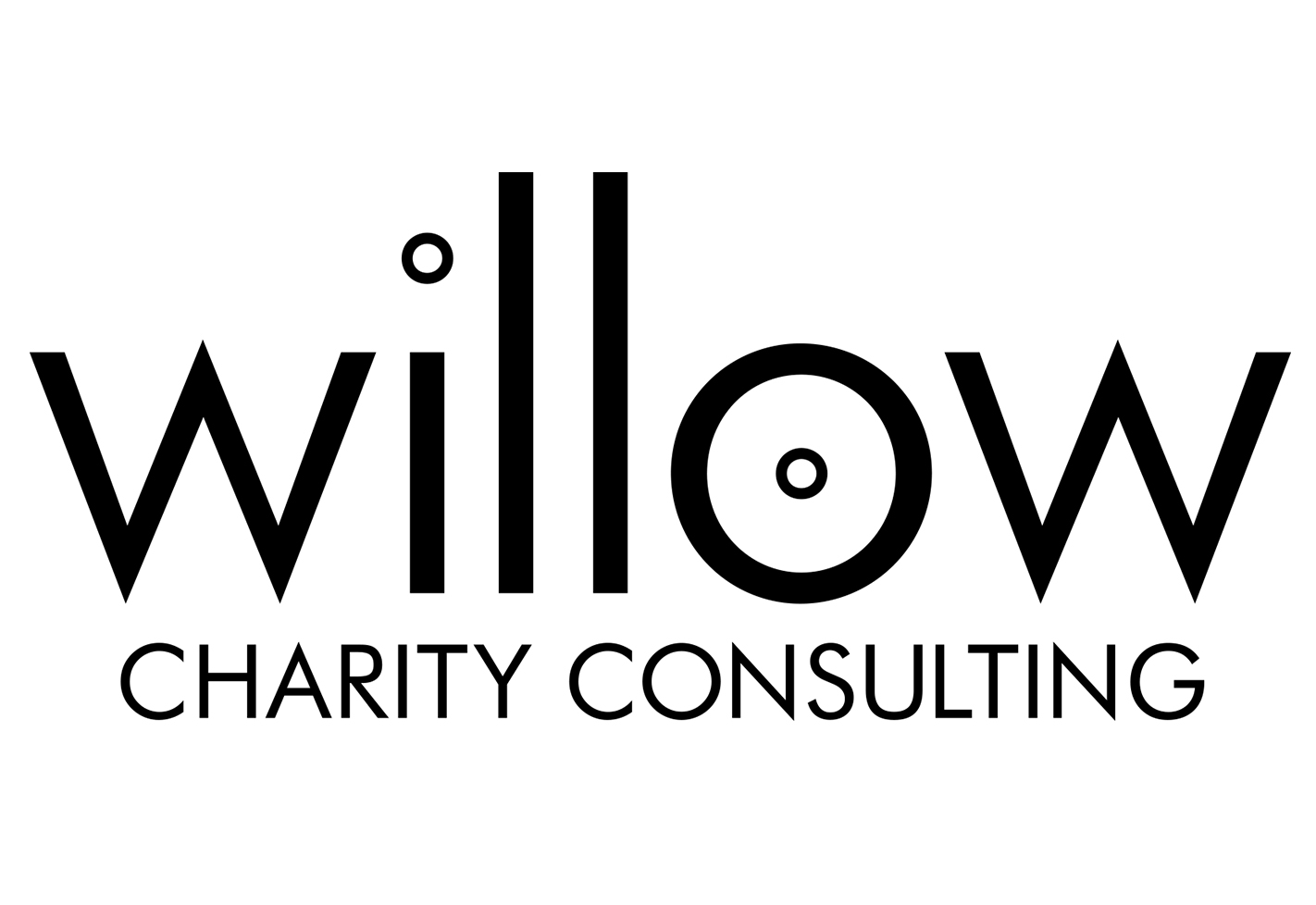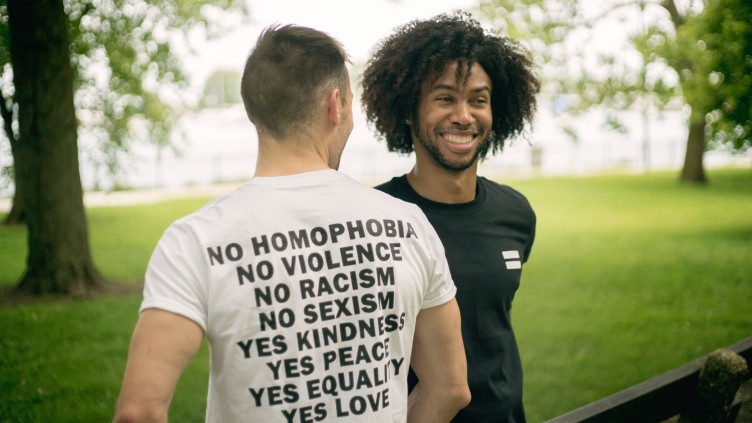The recent reports about what Lady Susan Hussey said to Ngozi Fulani has – quite rightly – caused a furore. I think Mandu Reid has set it out best in her Guardian piece today (https://www.theguardian.com/commentisfree/2022/dec/01/lady-hussey-resign-monarchy-race-remarks-institution), so I don’t need to add my tuppence on the specific incident.
But, it does flag an issue that I encounter regularly in my work in the charity sector: discrimination is rife.
Our sector is broad. Some of the clients I work with have sophisticated anti-discrimination training and tools in place. They are leading the way, and I have been privileged to work with some charities that seem to be getting this right.
Recently, I facilitated an Away Day for the Kids Network, during which they delivered some Anti-Racism training which I was lucky enough to observe. I think that their work on developing shared language which is constructive, thoughtful and collaborative in its development is inspiring. Read more about it here – https://www.thekidsnetwork.org.uk/elementor-2498/ and see their Shared Language document attached.
But, for every charity doing work like this, there are so many more where microaggressions and racist, sexist, ableist and ageist comments are considered so acceptable that it is hard to know where to start in challenging them. And I do challenge them – every time – but when you are dealing with people like the Lady Susan Husseys of this world, they are so far behind where they should be that the conversation can feel impossible at times.
I’ve tried to follow the example set by Loretta Ross to ‘call in’ rather than ‘call out’ problematic comments, but at times one can despair.
There are so many examples I can share. Here are just four:
- The CEO who declared in front of his all-women team: ‘I am in the most discriminated against group in the world, a white man’ and who then declared he couldn’t get another job as everyone was ‘diversity hiring’.
- The ‘diversity committee’ of a Trustee Board which consisted of two 70+ year old wealthy, white men, who declared the solution to the diversity challenges of the Board was to appoint one young, Black woman who they would then ‘mentor to show how to behave as a Trustee’. One of these men then stormed out of the zoom call when I suggested reviewing the barriers to participation of a wider group and thinking about the benefits of diversity rather than appointing a single person to ‘solve diversity’. I also asked them to consider the burden they were placing on that one person.
- The conversation I witnessed where the CEO and Trustees were planning to fire a new employee because she’d revealed that she was pregnant the day after signing her employment contract. I spoke up strongly against this and she did end up keeping her job, but the founder compounded the issue by declaring that I was letting ‘her personal experience of discrimination cloud her judgement’. Let’s just set aside the law degree, human rights lawyer background and the value of lived experience, shall we?
- Comments made by a Trustee at an Away Day I was facilitating for a charity working internationally, who questioned the ability of in-country partners to know what was best for them, and declaring he wanted something ‘sexier’ than what they said they needed.
In all these cases, I invested time and energy in trying to challenge these attitudes, raise awareness, highlight the inappropriateness of the comments, and change perceptions. This can be exhausting.
In all cases, I’m not sure that I actually opened anyone’s eyes to how unacceptable their statements were.
What can we do?
When I led the Fawcett Society, I worked extensively with other equalities organisations and campaigners, and I found it difficult to explain what much of the sector is like. The equalities sector feels like it’s on a different plane to the rest of the charity sector – and it can operate in its own bubble. Many equalities campaigners simply assume a level of knowledge and agreement on these norms that simply isn’t there for many charities. This means a lot of the work they do – which is valuable and essential – isn’t reaching the very people who need it most, as they’re not using shared language or operating in the same communities or audiences.
When we think about anti-racism or anti-sexism, the gap between the charities leading the way and the ones that most need to change feels enormous. How do we bridge this?
As a person who traverses the full range of charities, I feel I have a perspective across them all – and I want those who are skilled and leading the pack to better understand how far behind these other ones are, so that they can help them to improve.
How can we get these messages out in a constructive way? How can we change attitudes and haul some of these dinosaurs (kicking and screaming if they must) into the 21st century?
I’m going to keep doing what I can to improve understanding and challenge these comments, but I think we all have to recognise that Lady Susan Hussey would feel at home in much of our sector in thinking her comments are acceptable.
We need to work together to get that to change.

